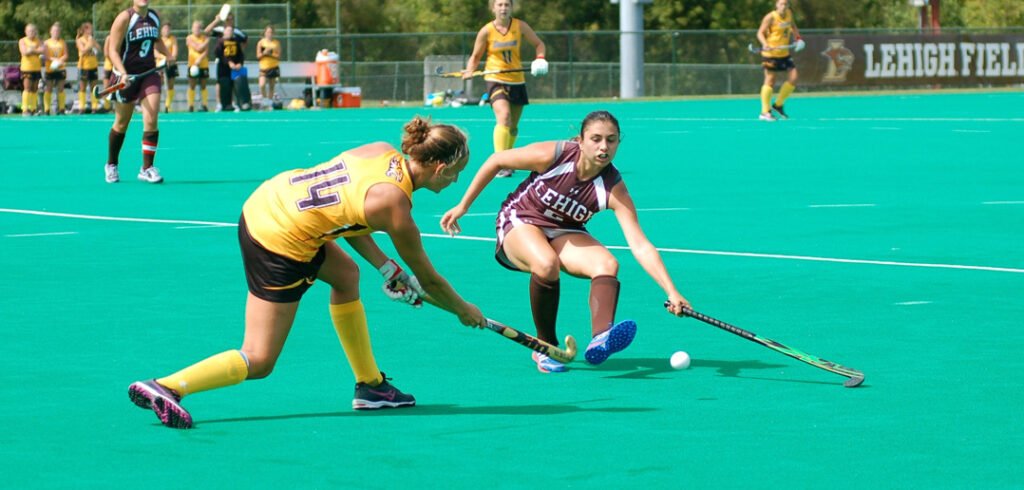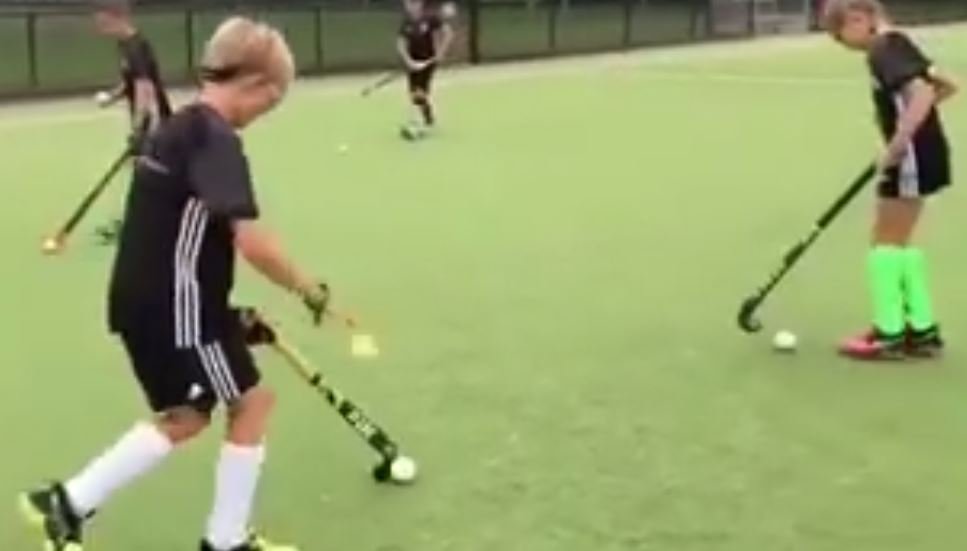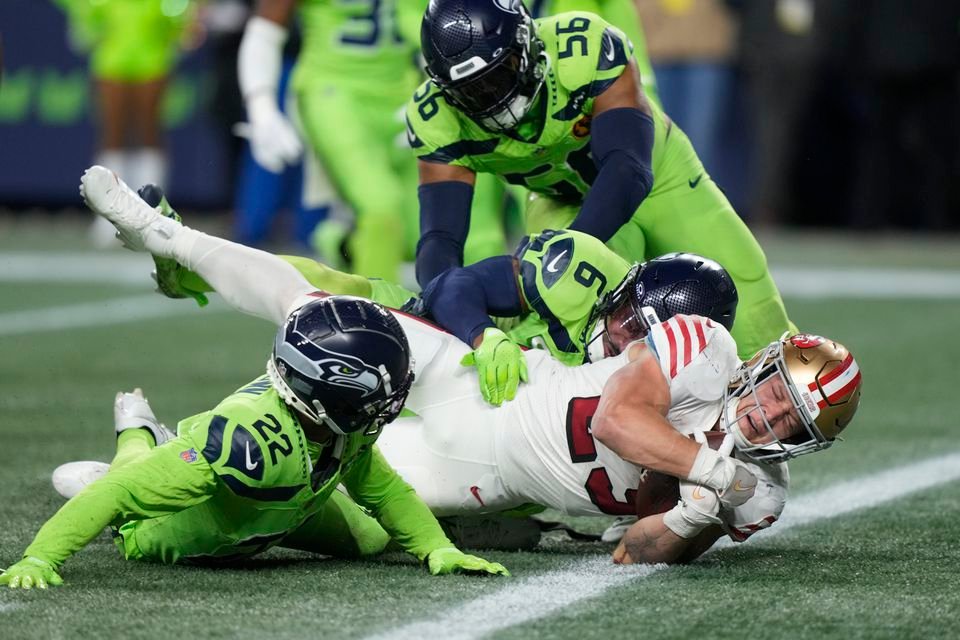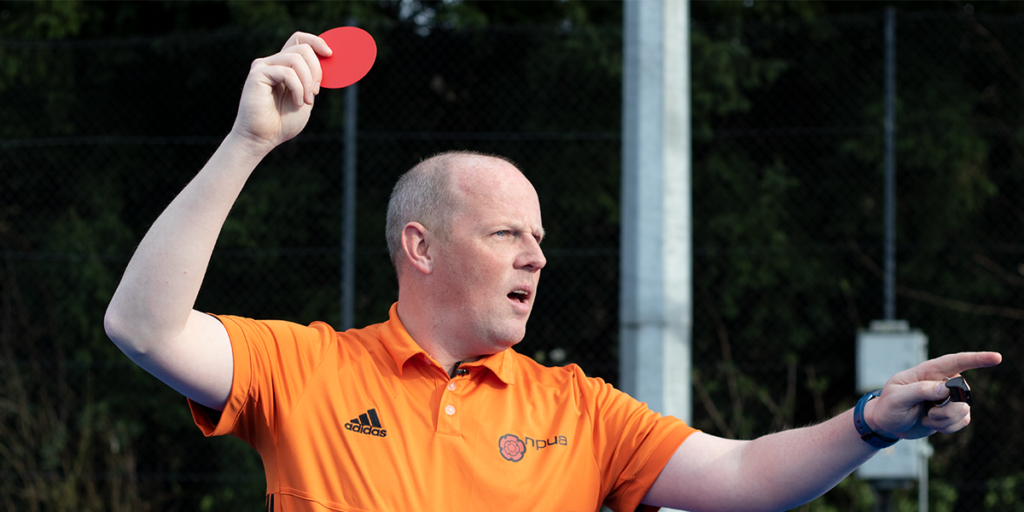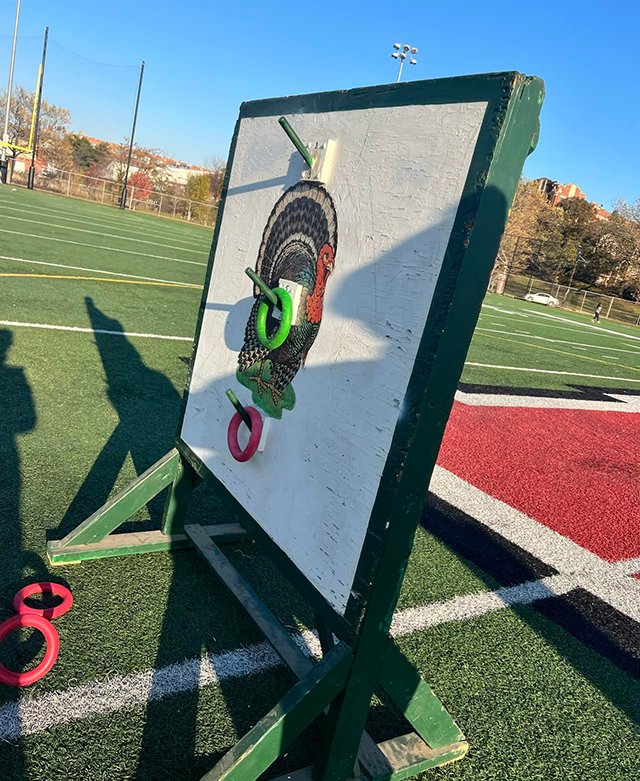As a passionate field hockey player, I’ve always understood the critical nature of mastering the art of ball-clearing. Whether you’re a seasoned player or just starting out, knowing how to clear the ball in field hockey can be a game-changer. In this article, we’ll go into the importance of this skill, explore various techniques, and share some effective drills to enhance your ball-clearing abilities.
Understanding the Importance of Clearing the Ball in Field Hockey

Clearing the ball in field hockey is not just about getting the ball away from your goal; it’s a strategic move that can shift the momentum of the game. A well-executed clear can relieve pressure on the defense, disrupt the opponent’s attack, and even set up a counterattack. It’s a fundamental skill that requires precision, awareness, and timing. Without it, teams are often left vulnerable to sustained pressure and potential scoring opportunities for the opposition.
Moreover, clearing the ball effectively can help maintain possession by directing it to a teammate or into space where your team can regain control. This is why we, as players, must practice and perfect this skill to contribute positively to our team’s defensive and offensive strategies.
Techniques for Clearing the Ball

Pushing
Pushing is one of the most controlled methods for clearing the ball. It’s ideal when you’re under less pressure and have the time to aim accurately. To execute a push:
- Place your hands together in the middle of the stick for stability.
- Keep your eye on the ball and your stick close to it.
- Use your arms and body to push the ball firmly towards your intended target.
This technique is great for precision, but it may lack the power needed for a long-distance clear.
Hitting
Hitting the ball is a more powerful clearing technique. It’s useful when you need to send the ball a considerable distance quickly. Here’s how to hit effectively:
- Position your hands apart on the stick, with the left hand at the top for right-handed players, and vice versa for left-handed players.
- Take a backswing, but keep it controlled to maintain accuracy.
- Strike the ball with a flat stick and follow through towards your target.
Hitting can be less accurate than pushing, but the added power can be crucial in high-pressure situations.
Scooping
Scooping, or the ‘undercut’, can send the ball over opponents and is particularly useful in crowded situations. To scoop the ball:
- Angle the stick so that the head is underneath the ball.
- Use a lifting motion to ‘scoop’ the ball into the air.
- Control the direction and height to ensure it lands safely away from danger.
While scooping can be effective, it requires practice to master the technique and ensure it’s used legally within the rules of the game.
Lifting
Lifting is similar to scooping but is often used for shorter distances. It involves using a quick flick of the wrists to raise the ball slightly off the ground, making it harder for opponents to intercept. The key to lifting is to keep the ball low enough to be safe but high enough to clear sticks and feet.
Positioning and Body Mechanics

Footwork
Good footwork is essential for effective ball-clearing. You need to be able to adjust your position quickly to get behind the ball and align your body for the clear. Quick, small steps and a low center of gravity will help you maintain balance and react swiftly to the play.
Body Positioning
Your body positioning can make a significant difference in the power and accuracy of your clear. Keep your knees bent, your weight slightly forward, and your eyes on the ball. This stance allows you to transfer energy efficiently from your body through the stick to the ball.
Stick Positioning
The position of your stick is just as important as your body positioning. For a powerful hit, ensure your stick is angled correctly and that you’re making contact with the ball at the sweet spot of the stick. This will help maximize power and control.
Drills to Improve Ball-Clearing Skills

Passing and Receiving Drills
Passing and receiving drills can improve your control and precision when clearing the ball. Practice different types of passes with a partner, focusing on accuracy and power. This will help you become more confident in your ability to clear the ball under pressure.
Defensive Positioning Drills
Defensive positioning drills can help you understand where to be on the field to execute an effective clear. Work with your coach or teammates to simulate game situations, and focus on your positioning relative to the ball and the goal.
Game-like Scenarios
Finally, practicing game-like scenarios is crucial. Set up mock games or situations where you must clear the ball under pressure. This will help you apply the techniques you’ve learned in a realistic context and improve your decision-making skills.
Conclusion
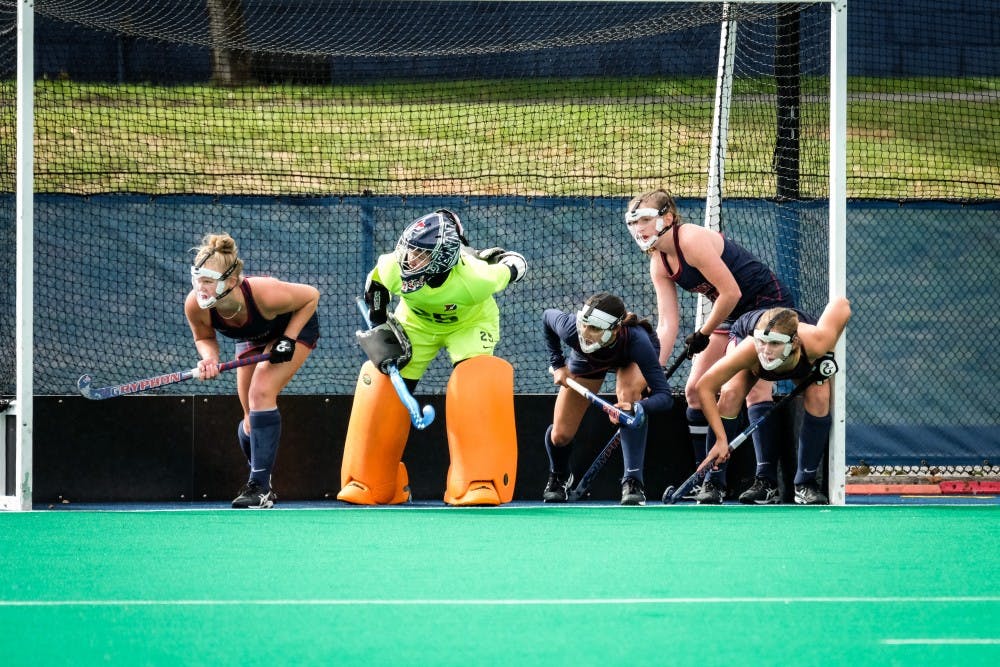
Mastering how to clear the ball in field hockey is essential for any player looking to excel in the sport. By understanding the importance of ball-clearing, practicing the various techniques, and focusing on positioning and body mechanics, you can significantly improve your defensive game. Incorporate these drills into your training routine, and you’ll soon see the difference on the field. Remember, clearing the ball isn’t just about getting it away from your goal; it’s about doing so with purpose and control.
FAQ
-
How do you hit the ball harder in field hockey?
To hit harder, you need to generate more force which means practicing a faster swing. Another thing to remember is to keep your head down and body low throughout the entire swing and follow through with all your weight ending up on your front foot.
